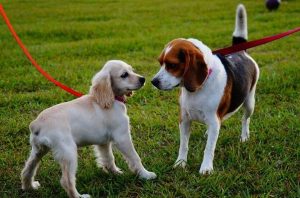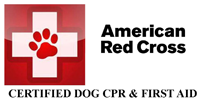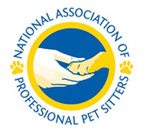Introducing the New Dog, What’s the Rush?

As the saying goes “You don’t get a second chance to make a first impression”. The same applies when introducing a new dog/puppy to your current dog(s). My best advice? Go slowly through the process. And it IS a process. Let’s face it, it could go either way if you just put them together to see what happens. Which is what most people do. It could turn out just fine in the short term, but in the long run it could be building towards a fight.
How to Train a Dog to Be Balanced
These words are as true for dog training as they are for anything else. How to train a dog
Many people say they want a well trained dog but not as many are willing to do what it takes to achieve that.
It’s easy to share love and affection. It’s not as easy to share structure and discipline.
Get Your Dog Walking In Following Mode
Get Your Dog Walking In Following Mode by using these techniques.
I get so many calls from people that have dogs that are reactive on the leash when they are walking them.






